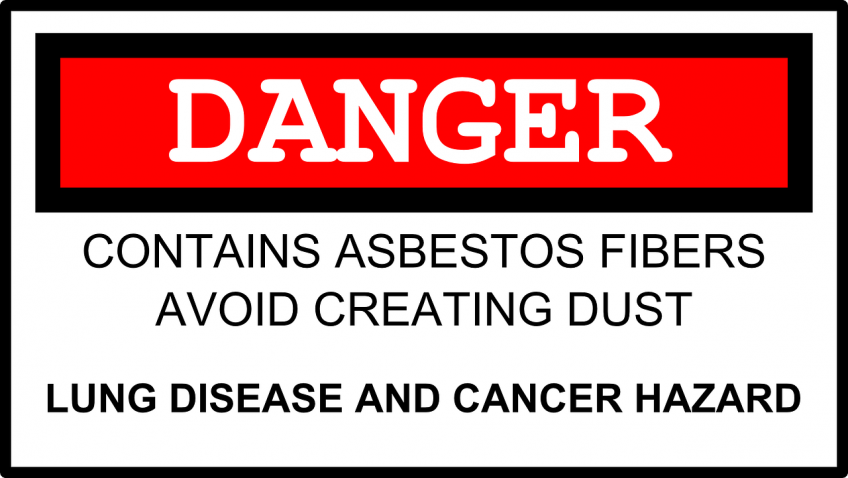Introduction
Asbestos was a miracle material, until it wasn't. Widely used in many applications prior to 1978, it is still common in many homes. However, if disturbed it poses very serious health risks. Here's what you need to know about how to handle asbestos.
Step by step
Here's how you handle asbestos safely.
You don't.
Asbestos is a dangerous material as it can cause serious respiratory damage, disease, and cancer when breathed in. You should avoid handling material containing asbestos as much as possible.
Asbestos is a mineral fiber that was commonly used in many products until the late-1970’s. Asbestos is a highly effective fire retardant which led to it’s use in shingles, flooring material, insulation, and other building materials such as “popcorn” ceilings and furnace gaskets. Asbestos was no longer used for most home applications after 1978, so if you own a home built before this period you should read this article carefully.
Contrary to popular belief, asbestos is not dangerous to have in your home if it is left undisturbed. The danger comes from when it is disturbed and microscopic fibers are spread throughout the air and are breathed into a person’s lungs. This type of exposure can lead to lung cancer or asbestosis, a scarring of the lungs, many years later.
The most important aspect of asbestos safety is to simply be aware of it. Unaware homeowners may decide to tear up a floor, strip a textured ceiling, or replace insulation without realizing they are messing with asbestos. The best thing you can do with asbestos is to leave it alone, and in order to do that you need to know where it is!
Unfortunately, asbestos cannot be completely identified without an actual test by a lab. When in doubt, avoid disturbing any questionable areas or materials until confirmed. If you do disturb an area, turn off the heat and air and don’t use a vacuum or broom to clean up (you want to minimize the fibers in the air so you don't breath them in). It is recommended that a professional do any cleanup, but if you insist on doing itself choose wet mopping. A professional lab is also recommended for any testing.
When undertaking home projects around asbestos, it is usually cheaper to simply avoid disturbing it rather than removing it. For example, you may want to lay down a new flooring and decide to cover the old vinyl rather than remove it. Removal is an expensive and dangerous process that should only be done by a professional experienced in this area. As always, be sure to only hire licensed contractors that will follow proper safety procedures.
We just scratched the surface (pun intended) of asbestos safety. For further reading, check out this information from the Consumer Product Safety Commission.




